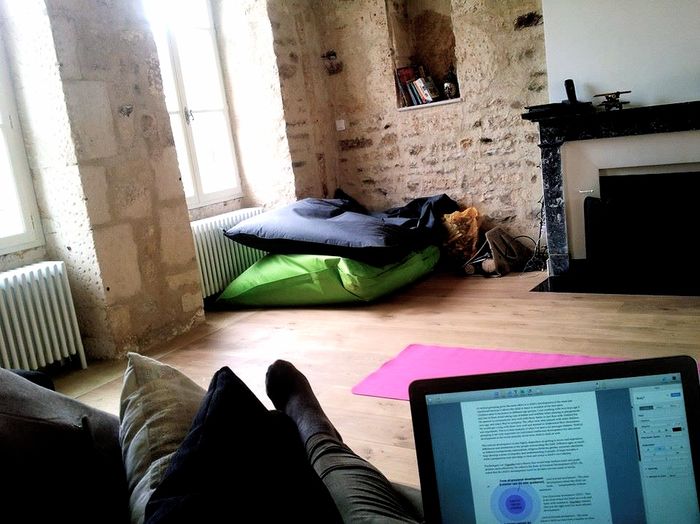Peaceful setting this week!

This is the setting of where I'm doing my studies this week. A beautiful house in Bourgogne, France. After a 45 mins Yoga practice and hot tea by my side, studying could not get any better! I'm writing about vertical grouping in a classroom and will share my assignment on the blog as soon as it's been corrected by my tutor! Happy wednesday!


